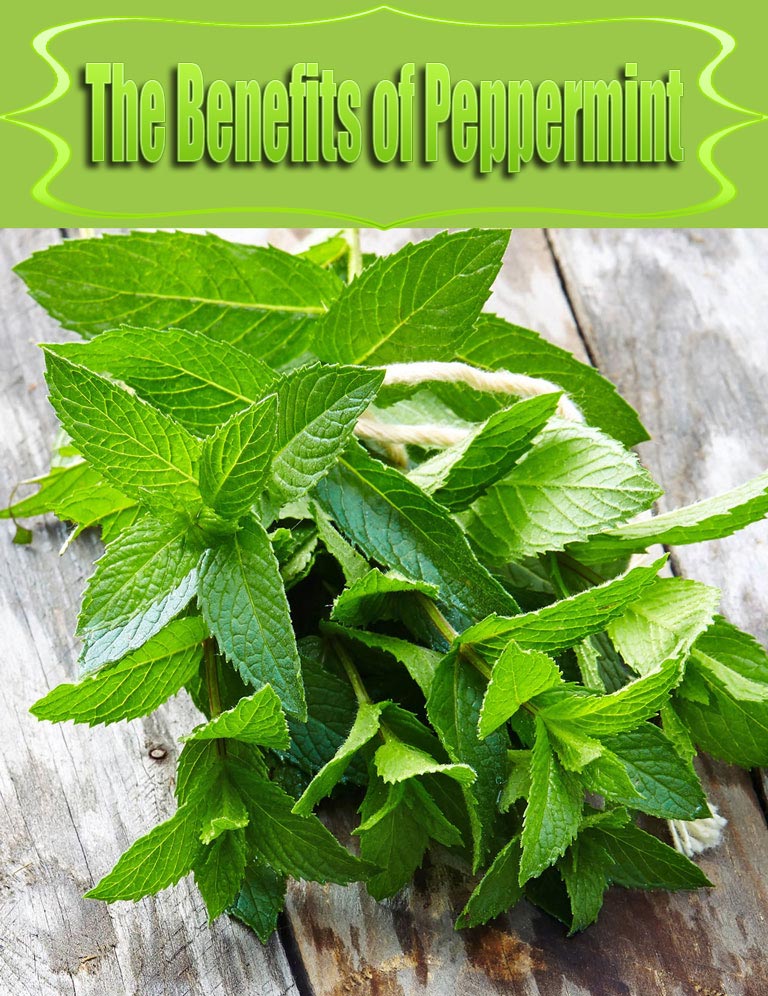
The Benefits of Peppermint
When you think of peppermint, you probably think of peppermint candies and candy canes. Aside from being delicious, however, peppermint actually has quite a few beneficial uses.
Peppermint is actually a plant. It was discovered in Europe, but is now found all over the world.
Peppermint is an easy plant to grow and can grow just about anywhere. It thrives in any moist shaded areas and can easily be grown at home in a container.
Peppermint plants grow so easily, in fact, it is recommended that you plant your peppermint in containers so it doesn’t take over your garden.
The leaves and oil from a peppermint plant are what we typically use in medicines, tea, liniments, and yes, even candies. Peppermint oil is probably the most useful derivative of the peppermint plant.
In fact, studies show that peppermint can actually give your mind a boost. When you are feeling a mid-day slump, pop a peppermint in your mouth or lit a peppermint scented candle and you will be ready to face the world.
It has a variety of uses as an anti-inflammatory, in rubs and liniments, and for gardening.
Here are some healthy and creative uses for peppermint:
Food and Drink
Herbal tea with peppermint is known to help settle stomachs and tastes delicious.
Add some fresh mint sprigs to your lemonade for a refreshing twist. Sprinkle some crushed dried mint leaves on salads, especially fruit salads, for a delightful spin on potentially boring dishes.
Add to marinades and savory sauces for a gourmet zing. Sprinkle over vanilla ice cream for a delicious and refreshing treat.
Bath and Body
Add a handful of Epsom salts and about 10 drops of peppermint essential oil to your bath water for a relaxing spa-like soak. The peppermint and Epsom salts are excellent for relaxing sore muscles.
Brew some dried mint leaves for water and then let them cool. Keep a jar of this in your refrigerator to splash on your face for a refreshingly clean feeling.
Add a few drops of peppermint oil to carrier oil such as vitamin E oil or jojoba oil to make soothing massage oil. The peppermint’s anti-inflammatory properties will help massage out sore muscles.
For tired, aching feet, add a couple drops to a foot bath and soak.
Household and Garden
Grow peppermint in or near your garden to repel bugs that will want to eat your plants. When planting in your garden with your other plants, make sure to leave enough space (about 6 inches) between the roots of your peppermint plant and other plants. This will help prohibit the peppermint from taking over your garden.
Make a household refresher spray with water, a little vinegar, and a few drops of peppermint essential oils.
To prevent bugs from coming into your house, spread peppermint leaves under windows and doors or treat the surrounding area with peppermint oil. Try cotton balls with drops of peppermint oil to repel ants and other bugs.
Medicinal
To soothe nausea and indigestion, suck on a peppermint candy or drink peppermint tea. Add a few drops of peppermint essential oils to a humidifier or shower to clear nasal passages.
For headaches, soak a wash rag in cool water with a few drops of peppermint essential oil and use as a cold compress.
The anti-inflammatory properties of peppermint are legendary. Peppermint oils are often added to rubs and liniments for sore muscles.
Not only can peppermint heal coughs and colds, it is also well known for helping with digestive disorders. If you are feeling a bit queasy, a dose of peppermint can help. You can also use peppermint to help with the symptoms of irritable bowel syndrome. Now you know that restaurants give out peppermints at the end of the meal not just for fighting bad breath!
How about asthma? Peppermint can help with that, too. In fact, you will find a wide range of uses for peppermint that you may have never even considered. Allergies can benefit from peppermint, too.
Peppermint is one of nature’s most useful plants. There are many benefits to using peppermint – not just for eating, but for medical and household uses as well.
The information on this site is not intended or implied to be a substitute for professional medical advice, diagnosis or treatment. All content, including text,graphics,images and information, contained on or available through this web site is for general information purposes only.

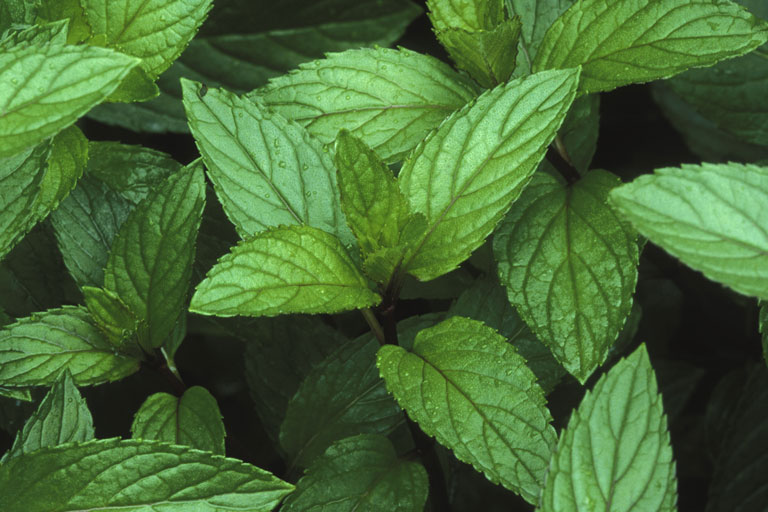


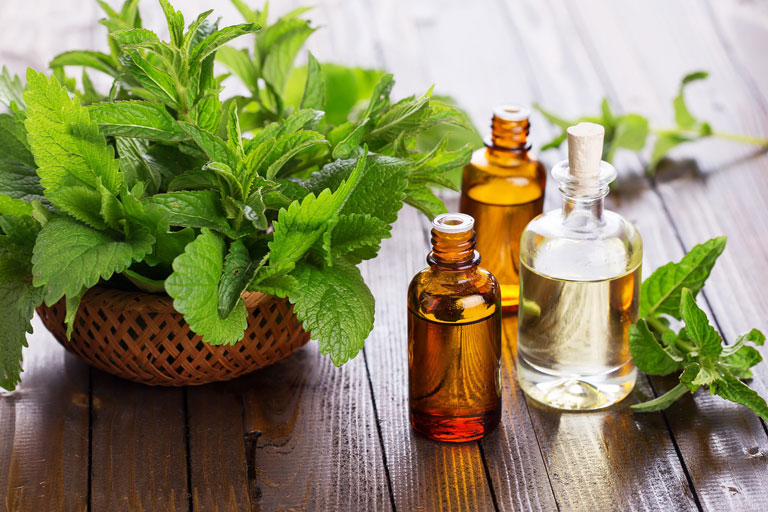
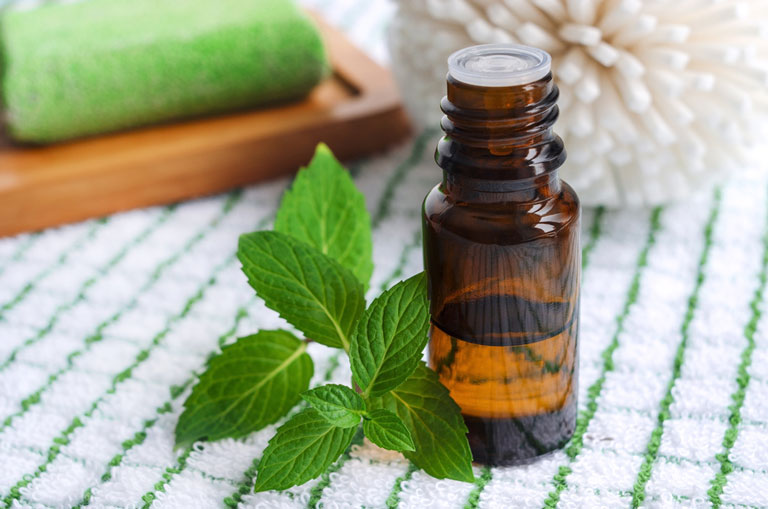

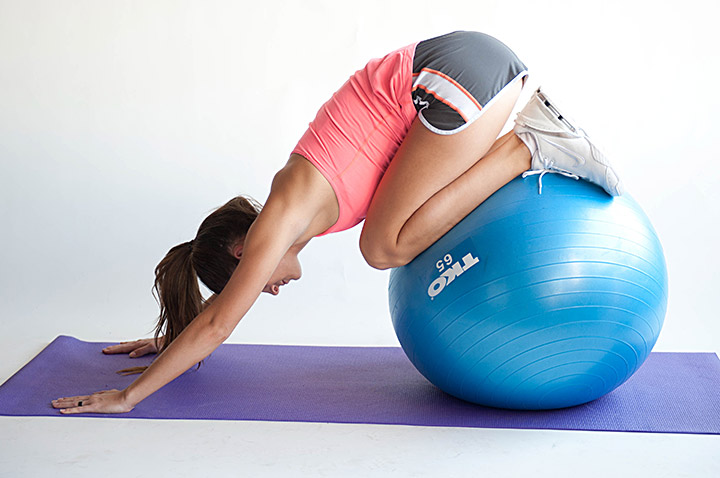
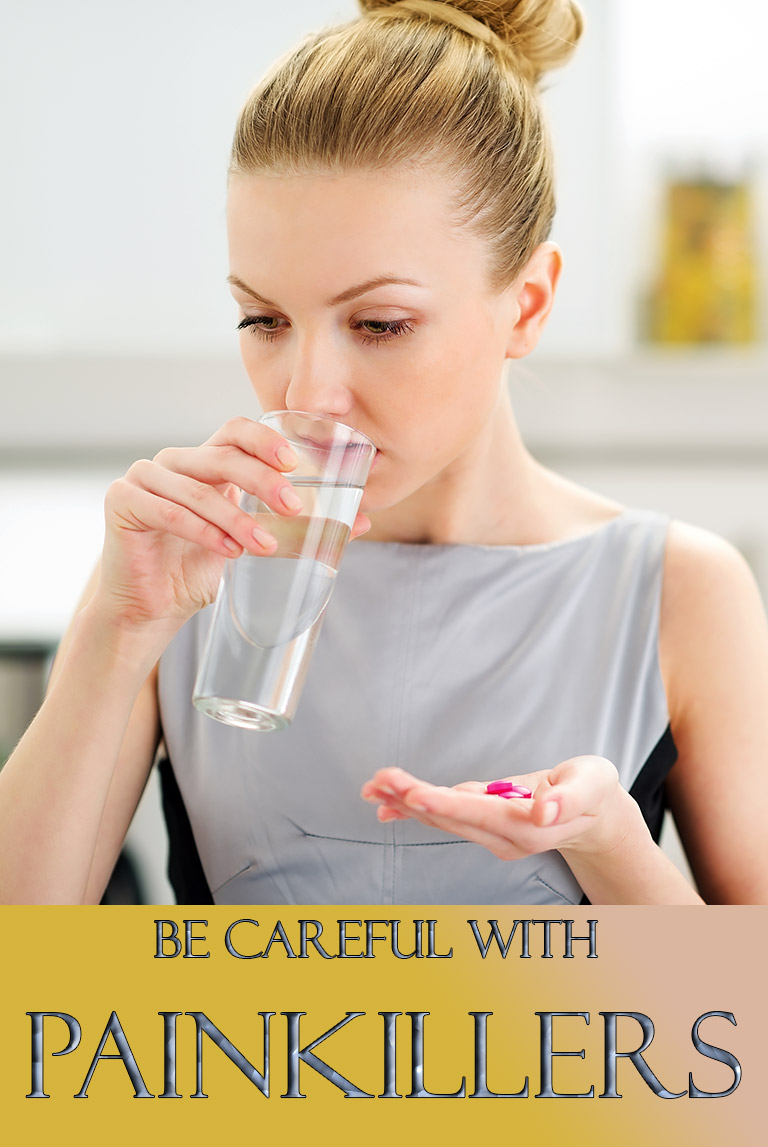
Leave a Reply